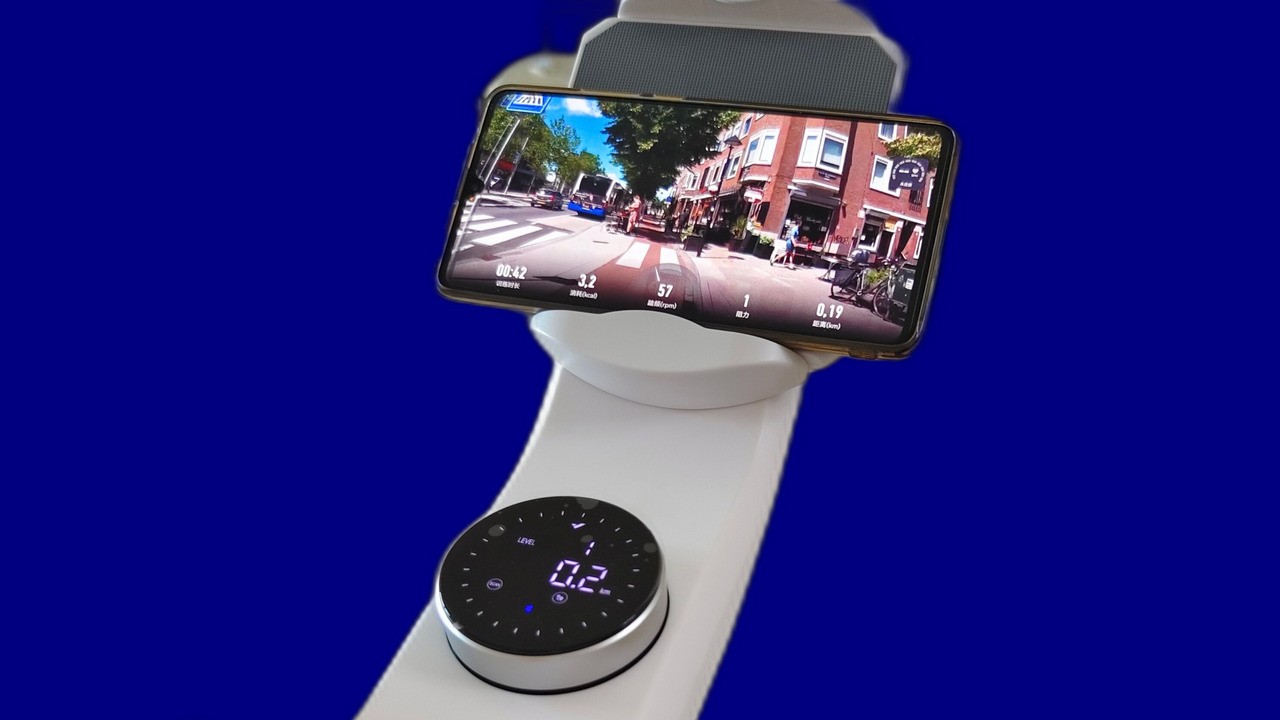In our quest for a sustainable future, the field of energy harvesting has emerged as a promising solution. Also known as power harvesting or energy scavenging, this innovative process enables the derivation of energy from various external sources, such as solar power, thermal energy, wind energy, salinity gradients, and kinetic energy. By harnessing these ambient energy sources, energy harvesting offers a sustainable and environmentally friendly approach to powering small, wireless autonomous devices. In this article, we will explore the potential of energy harvesting and its transformative impact on various applications.
The Principle of Energy Harvesting
Energy harvesters act as a bridge between the ambient energy sources and the power requirements of low-energy electronics. Unlike traditional energy generation methods that rely on finite resources such as oil or coal, energy harvesting taps into the abundance of energy present in our environment. For example, temperature gradients resulting from the operation of a combustion engine or the electromagnetic energy in urban areas from radio and television broadcasting can serve as potential energy sources for harvesters.
Applications of Energy Harvesting
- Wearable Electronics
Energy harvesting technology has revolutionized the field of wearable electronics. By integrating energy harvesters into devices like smartwatches, fitness trackers, and health monitors, these devices can become self-sustaining, eliminating the need for frequent battery replacements. Solar panels or kinetic energy harvesters can capture energy from the wearer's movement or the surrounding light to power these wearable devices, providing convenience and reducing environmental impact. - Condition Monitoring
Energy harvesting plays a vital role in condition monitoring systems. By employing vibration-based harvesters, the mechanical vibrations from industrial equipment or infrastructure can be converted into usable electrical energy. This enables continuous monitoring of the equipment's health, allowing for timely maintenance and preventing costly breakdowns. Energy harvesting ensures the uninterrupted operation of wireless sensing nodes, enhancing efficiency and reducing downtime. - Wireless Sensor Networks
Energy harvesting has transformed the landscape of wireless sensor networks. These networks rely on small, low-power sensors placed in various locations for data collection and monitoring purposes. By using energy harvesting techniques, these sensors can operate autonomously without the need for a wired power supply or frequent battery replacements. Ambient energy sources, such as solar, thermal, or kinetic, provide the necessary power to keep the network active, making it a sustainable and cost-effective solution.

Challenges and Future Possibilities
While energy harvesting presents exciting opportunities, it is not without its challenges. The amount of power harvested from ambient energy sources is relatively small, which limits the energy available for low-energy electronics. Additionally, optimizing the efficiency of energy harvesters and integrating them seamlessly into various devices require further research and development.
However, ongoing advancements in materials science, electronics, and nanotechnology hold great promise for the future of energy harvesting. Researchers are exploring innovative materials and designs to improve the efficiency of harvesters, enabling the capture of even small amounts of energy. Furthermore, the integration of energy storage technologies, like advanced batteries or supercapacitors, can help address the intermittent nature of ambient energy sources.
Takeaway
Energy harvesting has emerged as a sustainable path towards powering the future. By utilizing ambient energy sources and converting them into usable electricity, energy harvesters enable the operation of small, wireless autonomous devices in various applications. From wearable electronics to condition monitoring and wireless sensor networks, energy harvesting offers a greener, more efficient, and cost-effective alternative to traditional power sources. As we continue to innovate and refine energy harvesting technologies, we move closer to a future where sustainable energy solutions are at the forefront of our power systems.
When it comes to harvesting small amounts of energy, metering or billing may not be necessary. However, we value your insights and comments on this topic. If you have any questions regarding energy storage or metering, please feel free to reach out to us. We are here to assist you and provide the information you need. Let's engage in a meaningful discussion and address any inquiries you may have.
Editor's note: This article was originally published in September 2023 and has been updated for comprehensiveness.





All comments are moderated before being published. Inappropriate or off-topic comments may not be approved.